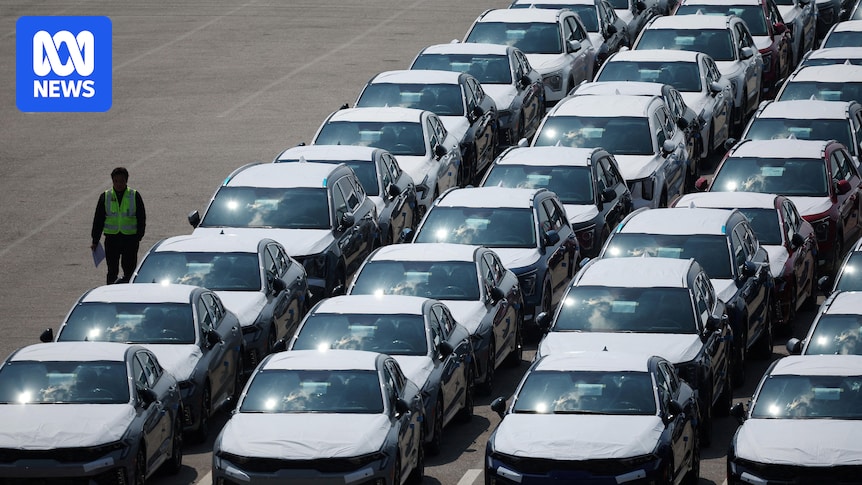
The United States has reached a significant trade agreement with South Korea, as President Donald Trump announced a 15 percent tariff on imported South Korean goods. This development follows a meeting between Trump and South Korean officials at the White House, amidst a flurry of trade activities leading up to the August 1 deadline for the implementation of “reciprocal” tariffs.
Prior to the agreement, a 25 percent tariff was set to be imposed on U.S. imports of South Korean products such as computer chips, cars, and steel. “I am pleased to announce that the United States of America has agreed to a Full and Complete Trade Deal with the Republic of Korea,” Trump declared on Truth Social.
Details of the U.S.-South Korea Trade Agreement
South Korean Finance Minister Koo Yun-cheol traveled to the White House to negotiate the terms, resulting in South Korea’s commitment to invest $350 billion in U.S. projects and purchase $100 billion worth of liquefied natural gas and other energy products. These steps align with Trump’s priorities in other trade agreements.
Additionally, South Korea agreed to open its markets to American products, including cars, trucks, and agricultural goods, without imposing import duties. South Korean President Lee Jae Myung expressed that the deal would place South Korea on equal or better footing compared to other countries, and announced a $350 billion investment fund with $150 billion dedicated to a shipbuilding partnership.
India and Brazil Face New Tariffs
While celebrating the South Korean deal, Trump simultaneously announced a 25 percent tariff on Indian goods starting August 1, alongside a penalty for India’s purchase of Russian weapons and oil. Furthermore, Brazil will face an additional 40 percent tariff, raising the total to 50 percent, partly as a response to the prosecution of former president Jair Bolsonaro.
Trump’s decision to target India could unravel months of negotiations aimed at strengthening the strategic partnership between the two nations. “While India is our friend, we have, over the years, done relatively little business with them because their Tariffs are far too high,” Trump stated on Truth Social, criticizing India’s trade barriers.
“They have always bought a vast majority of their military equipment from Russia, and are Russia’s largest buyer of ENERGY, along with China, at a time when everyone wants Russia to STOP THE KILLING IN UKRAINE — ALL THINGS NOT GOOD!”
Implications for India and Brazil
The Indian government responded by noting the U.S. president’s decisions and is evaluating the implications to protect its national interests. Trump’s announcement led to a 0.4 percent drop in the Indian rupee against the U.S. dollar in the non-deliverable forwards market.
Experts like Ranen Banerjee from PwC India suggest that higher tariffs could challenge India’s export competitiveness to the U.S. The tariffs are expected to impact goods exports estimated at $87 billion in 2024, affecting sectors like garments, pharmaceuticals, and petrochemicals.
Global Trade Dynamics and Future Negotiations
Trump’s “Liberation Day” trade policy aims to reshape U.S. trade relations by demanding greater reciprocity. Many trading partners face a deadline to reach deals on reciprocal tariffs or face U.S.-imposed tariffs. The new copper tariff, affecting semi-finished and derivative products, aligns with tariffs on steel and aluminum.
Despite setbacks, Indian Prime Minister Narendra Modi and Trump had previously committed to concluding a trade deal and expanding bilateral trade to $500 billion by 2030. Indian officials view the U.S. as a key strategic partner, particularly in counterbalancing China, while preserving policy space on agriculture and data governance.
Economists remain hopeful for a resolution. “While the negotiations seem to have broken down, we don’t think the trade-deal haggling between the two nations is over yet,” said Madhavi Arora, an economist at Emkay Global.
As the August 1 deadline approaches, further negotiations and announcements are anticipated, with the potential for significant shifts in global trade dynamics.







